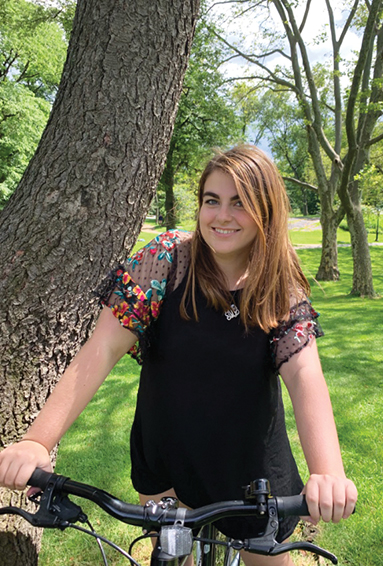 From 1954-1991, the Komitet Gosudarstvennoy Bezopasnosti (KGB), the Committee for State Security, served as the Soviet Union's intelligence agency and secret police. For decades, tales of its agents' espionage efforts captured the imagination of a generation who came of age during the Cold War - but not in a good way.
From 1954-1991, the Komitet Gosudarstvennoy Bezopasnosti (KGB), the Committee for State Security, served as the Soviet Union's intelligence agency and secret police. For decades, tales of its agents' espionage efforts captured the imagination of a generation who came of age during the Cold War - but not in a good way.
With a spy tool arsenal including ingeniously disguised deadly devices, such as an umbrella capable of shooting ricin-filled poison darts and a lipstick tube that doubled as a 4.5 mm gun, the idea of KGB agents floated somewhere between fantasy and nightmare.
With the enormous success of the FX show The Americans, which depicts a married couple living in Washington and spying for the Soviet Union, and the 2016 U.S. presidential election, Russian intelligence services are suddenly back in the news.
Earlier this year, the KGB Espionage Museum opened its doors in New York City to educate others about the secret history of an organization that had a profound effect and far-reaching influence on world affairs.
Lander University student Maddie Hudlow, a history major from Alto, Ga., had an up-close look at the real-life spy intrigue while interning with the museum during the summer. With Russia at the forefront of American pop culture and current events, the response about the museum's existence has been mixed.
"There were several people who came into the museum saying, 'oh, this is so terrible' and asking how could there be a museum dedicated to showcasing it? But the museum is apolitical, and I think it rather important to understand how each modern civilization got to where it is, and understand why U.S. relations with them are the way they are," explained Hudlow. "In this case, we are presenting facts of Russia's past and it's important to understand events back then - especially during the Cold War - since Russia is in the news now."
Among the exhibits in the museum are replicas of a model chair in which people were strapped down for interrogations, books that doubled as hidden cameras, listening and recording devices hidden in shoe heels, and the lipstick tube gun.
One artifact that garners much attention is the infamous "Bulgarian umbrella," used to kill a journalist who was working for the BBC World Service in London and Radio Free Europe. The umbrella injected a small ricin-filled pellet into the journalist's leg, melted at human body temperature and released the poison into the bloodstream.
The KGB Espionage Museum is the result of three decades worth of collecting by father-daughter duo Julius and Agne Urbaityte, who serve as the museum's curators. Julius, a longtime collector, became fascinated with espionage after obtaining a listening device once owned by Adolf Hitler.
"Spying has existed as long as there has been more than one group of people," said Hudlow. "If there is someone to be enemies with, then a group will always try to infiltrate them. My area of expertise is the history of the Middle Ages, but while I don't know much about their spying techniques, I cannot imagine that they were advanced in any way beyond people serving as double agents and reporting back to their side. The KGB used really advanced technologies that the public did not have access to, and they were very much technology-based as an organization."
In addition to leading tours at the museum, Hudlow coordinated a host of marketing initiatives to pique awareness for exhibits, and helped to plan special events.
"Her knowledge of history and expertise in Cold War events was a huge advantage to our museum," said museum founder Agne Urbaityte. "Her help with organizing artifacts, welcoming our visitors, and managing the guided tours was a big help to our team."
This story is featured in the Fall 2019 edition of Lander Magazine. Read more at www.lander.edu/magazine.